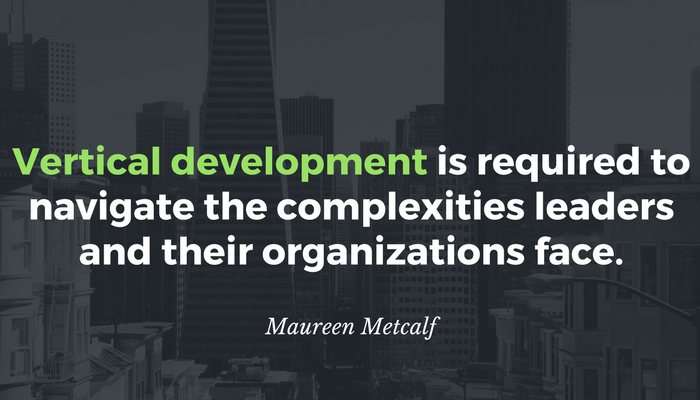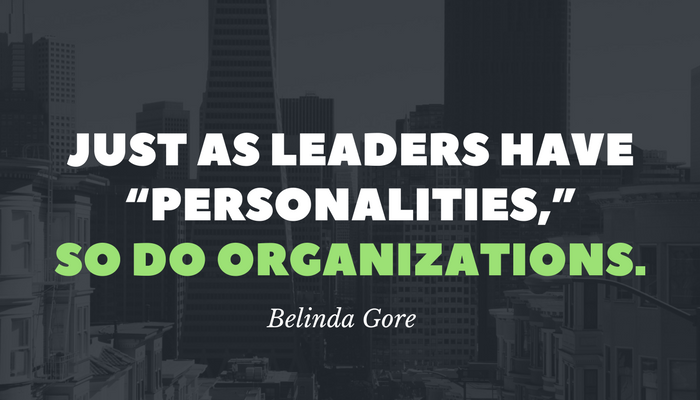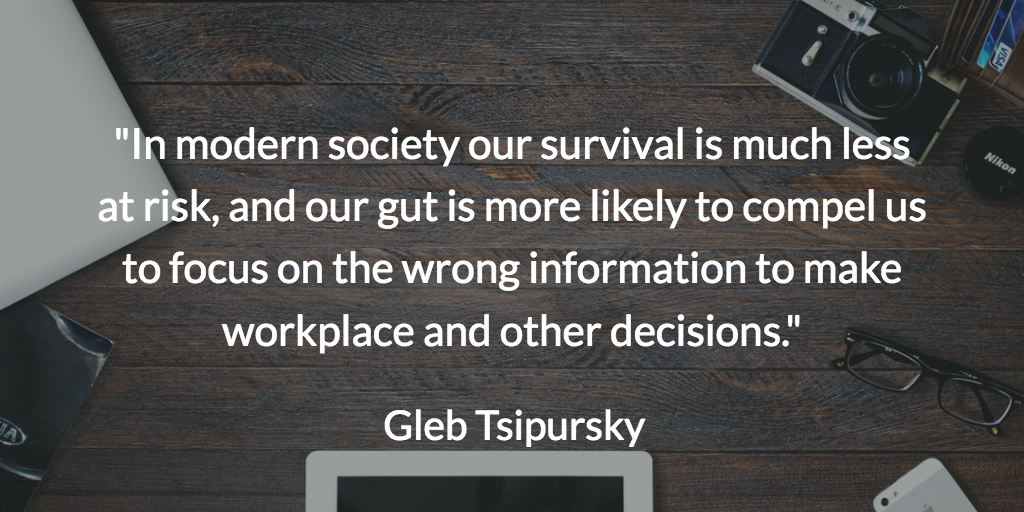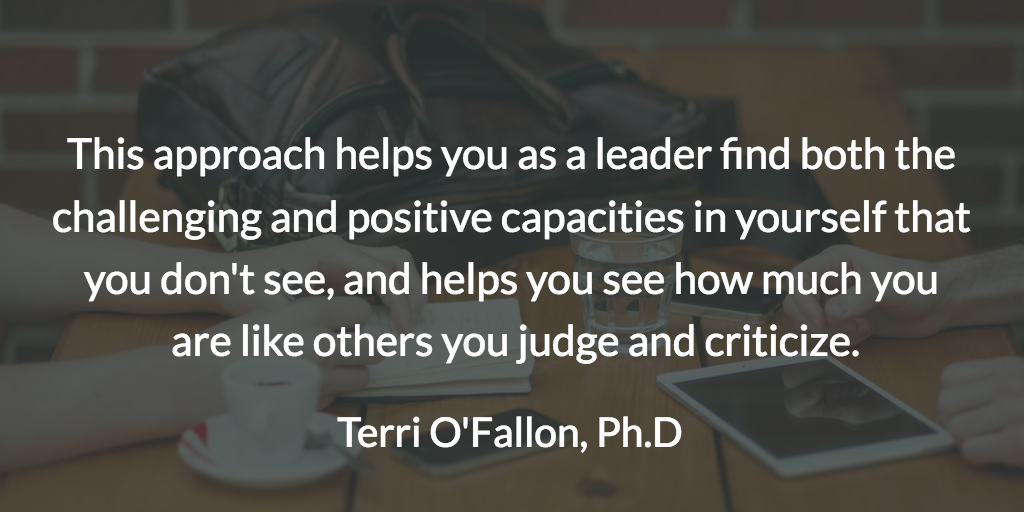Leading a High-Stress Team: Former Police Constable Discusses Merits of Meditation
The tech industry painted a stereotype of a play-filled office with air hockey and ping pong or calming communal workspaces with sleep pods and yoga mats. For most of us, that remains a dream. For police and other first responders, it can’t even be a fleeting thought: from “Karens” to crooks, it’s a high-stress day every day.
Rob Elkington, Assistant Professor, Trent University, and Les Sylven, a Leadership Studies PhD candidate in the Faculty of Education at the University of Victoria. His doctoral research project explores police leadership with senior Canadian police officers who regularly practice meditation and mindfulness. Les was a police officer in Canada for over 30 years, on the ILI podcast Law & Order…& Leadership. This episode was produced in partnership with the International Leadership Association as part of their 25th Annual Global Conference held in October 2023. Dan Mushalko, ILI Executive Producer, shared this article as a companion to a podcast.
Listen to the companion interview and past episodes of Innovating Leadership: Co-Creating Our Future via Apple Podcasts, TuneIn, Spotify, Amazon Music, Audible, iHeartRADIO, and NPR One.
Let’s face it: high-stress jobs aren’t disappearing anytime soon.
In reality, plenty of jobs still put people under high pressure. As their leader, you may not be the one putting the pressure on them, but you can provide a little relief – and lead them more effectively. Our latest podcast guests – researcher Rob Elkington and retired police chief Les Sylven – have five tips to improve stress under police leadership…tips that you can adapt to your work environment, too!
1) Embrace Servant Leadership (and other new leadership approaches)
A leader’s job boils down to one critical element: providing the resources and guidance for the team to succeed. That’s really the crux of servant leadership. This principle obviously applies to any sector, but there’s an added irony for police leaders. Officers swear an oath “to serve and protect.” That oath doesn’t disappear when they’re promoted into leadership positions! From sergeant to chief, the job now is to serve the officers under their command. Add to that the copycat concept: just like kids watch their parents and imitate their behavior, so do teams watch their bosses. “Do as I say, and not as I do” doesn’t cut it anymore. Your team does as you do. In police leadership, if you want your officers to truly serve the community, model it by truly serving them.
2) Lean Into Emotional Intelligence
Simply put, lead with compassion. Heaping stress on top of someone who’s already stressed out clearly doesn’t help. Quite the opposite: it eventually leads to breakdown and failure. More than ever, people across industries are coming to work with stress and trauma on their shoulders. Realize that, show a little empathy, and you’ll figure out the best practices to motivate each individual to attain success. For first responders, in particular, the job means facing life-threatening trauma every time they clock in. As a leader, are you helping…or pushing your team closer to the edge?
3) Practice Mindfulness
Mental health issues have been rising at work across sectors. Is that really a surprise in high-stress environments? Mindfulness practices can significantly reduce the impact of stress on both mind and body. In fact, former chief Sylven is currently doing research on the benefits of mindfulness for law enforcement as part of his PhD studies, and the results are pretty clear. It enhances present-moment focus, self-awareness, and mental resilience in the face of trauma. From simple deep breathing to full-on meditation, mindfulness helps you and your team.
4) Mentor and Coach
This is another step that applies to leaders in any sector; ironically, old-school policing understood this: that’s why cop shows have the stereotype of the new rookie being assigned to the seasoned old veteran on the force! Whether it’s a mentor’s wisdom from experience or a coach’s objective perspective, getting guidance from others helps us better analyze ourselves – to build on our strengths and bridge our weaknesses. Stress creates a kind of tunnel vision, restricting your team’s view; solutions slip by unseen. Receiving that outside perspective helps broaden their view, encouraging reflection and, often, self-care. As a leader, you can be a mentor and coach yourself…but also look to other leaders, consultants, and professional programs who can resonate well as guides for your team’s members.
5) Make Debriefing Routine
As with the military, any major incident in policing is followed by a full debriefing – an analysis of what happened, why it happened, and what can be learned from it. It’s a wise route to take in any business sector, yet surprisingly few leaders take the time to do this. Without it, though, no wisdom is gained. To maximize wisdom, make debriefing routine: on a regular basis, meet with each person on your team to go over the events of the week, month, or quarter (Annual reviews, frankly, are nowhere near frequent enough to be of any real use in improving performance). You may be surprised at the gains you’ll see in both performance and morale over time!
Each of these steps is more about practice than price. They won’t require huge budget boosts – the big change rests in how you see your role as a leader. It takes personal effort, but the benefits begin to show rapidly, and their effects can last a lifetime.
Thank you for reading Innovative Leadership Insights, where we bring you thought leaders and innovative ideas on leadership topics each week.
ADDITIONAL RESOURCES:
Ready to measure your leadership skills? Complete your complimentary assessment through the Innovative Leadership Institute. Learn the 7 leadership skills required to succeed during disruption and innovation.
- Follow the Innovative Leadership Institute on LinkedIn
- Subscribe to Innovating Leadership: Co-Creating Our Future and listen on your favorite podcast platform
- Subscribe to our blog – Insights
Check out the companion interview and past episodes of Innovating Leadership: Co-Creating Our Future on your favorite podcast platform, including Apple Podcasts, TuneIn, Spotify, Amazon Music, Audible, iHeartRADIO, and NPR One.

 This blog is a guest post by Simon Mac Rory as a companion to the podcast where he talks about his latest book, Wake-up and Smell the Coffee: An Imperative for Teams.
This blog is a guest post by Simon Mac Rory as a companion to the podcast where he talks about his latest book, Wake-up and Smell the Coffee: An Imperative for Teams. This post is a companion to the podcast featuring
This post is a companion to the podcast featuring  This post is a companion to one of our podcast featuring Mike Morrow-Fox talking about bad bosses and their impact on organizations.
This post is a companion to one of our podcast featuring Mike Morrow-Fox talking about bad bosses and their impact on organizations.  This guest blog was written as a companion to the podcast with Belinda Gore, Building Leadership Self-Awareness Using Personality Typ
This guest blog was written as a companion to the podcast with Belinda Gore, Building Leadership Self-Awareness Using Personality Typ This guest blog was written as a companion to the podcast Interview with Dr. Gleb Tsipursky’s Tools for Avoiding Disastrous Decisions. In the interview and the blog, Gleb explores how we can balance intuition and data-based decision-making to achieve the most effective business outcomes. He explores some common misconceptions and offers recommendations to avoid them.
This guest blog was written as a companion to the podcast Interview with Dr. Gleb Tsipursky’s Tools for Avoiding Disastrous Decisions. In the interview and the blog, Gleb explores how we can balance intuition and data-based decision-making to achieve the most effective business outcomes. He explores some common misconceptions and offers recommendations to avoid them. This blog is a companion to the interview with Terri O’Fallon. What is A Level 5 / Teal Organization? Terri O’Fallon, PhD, wrote this post.
This blog is a companion to the interview with Terri O’Fallon. What is A Level 5 / Teal Organization? Terri O’Fallon, PhD, wrote this post.